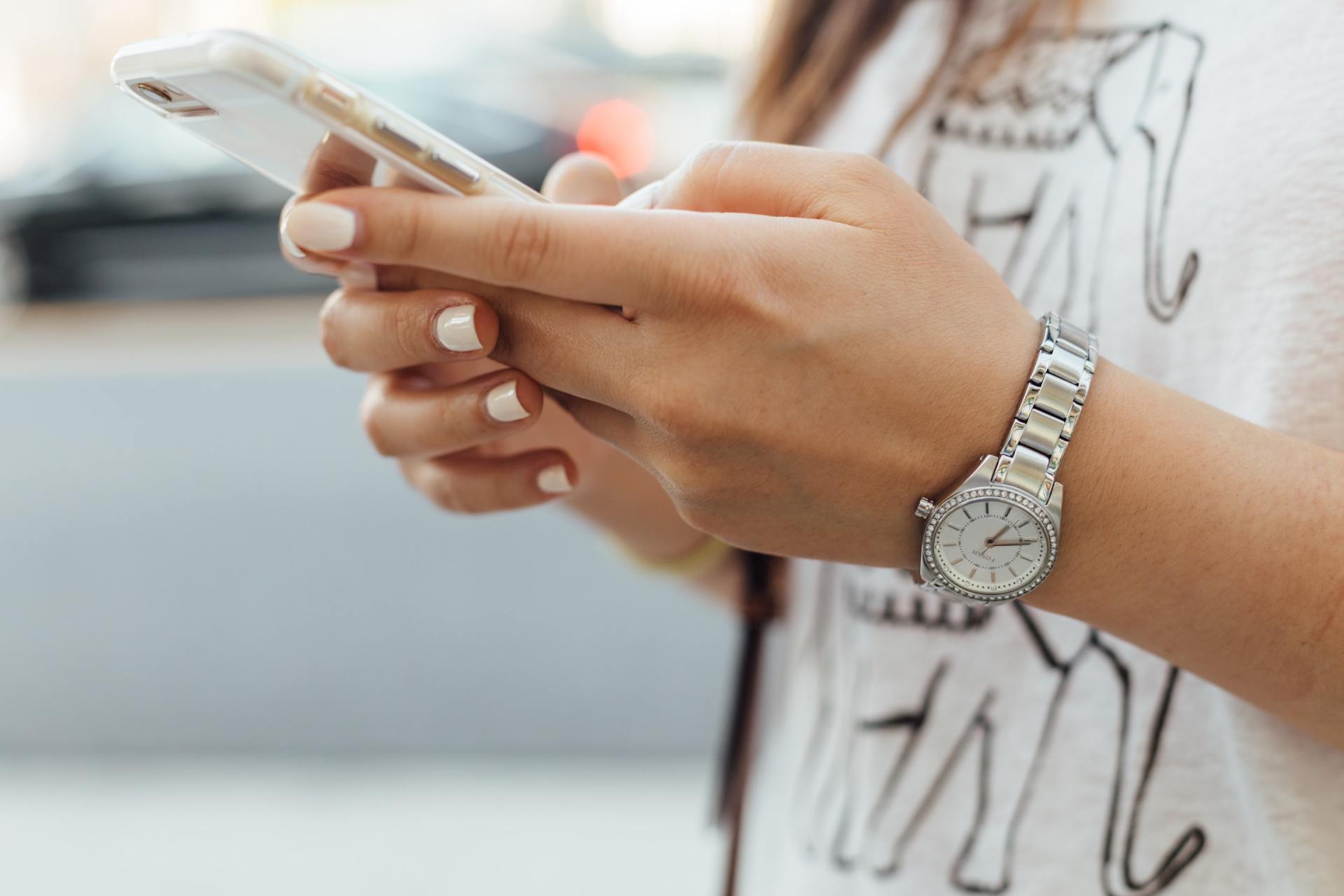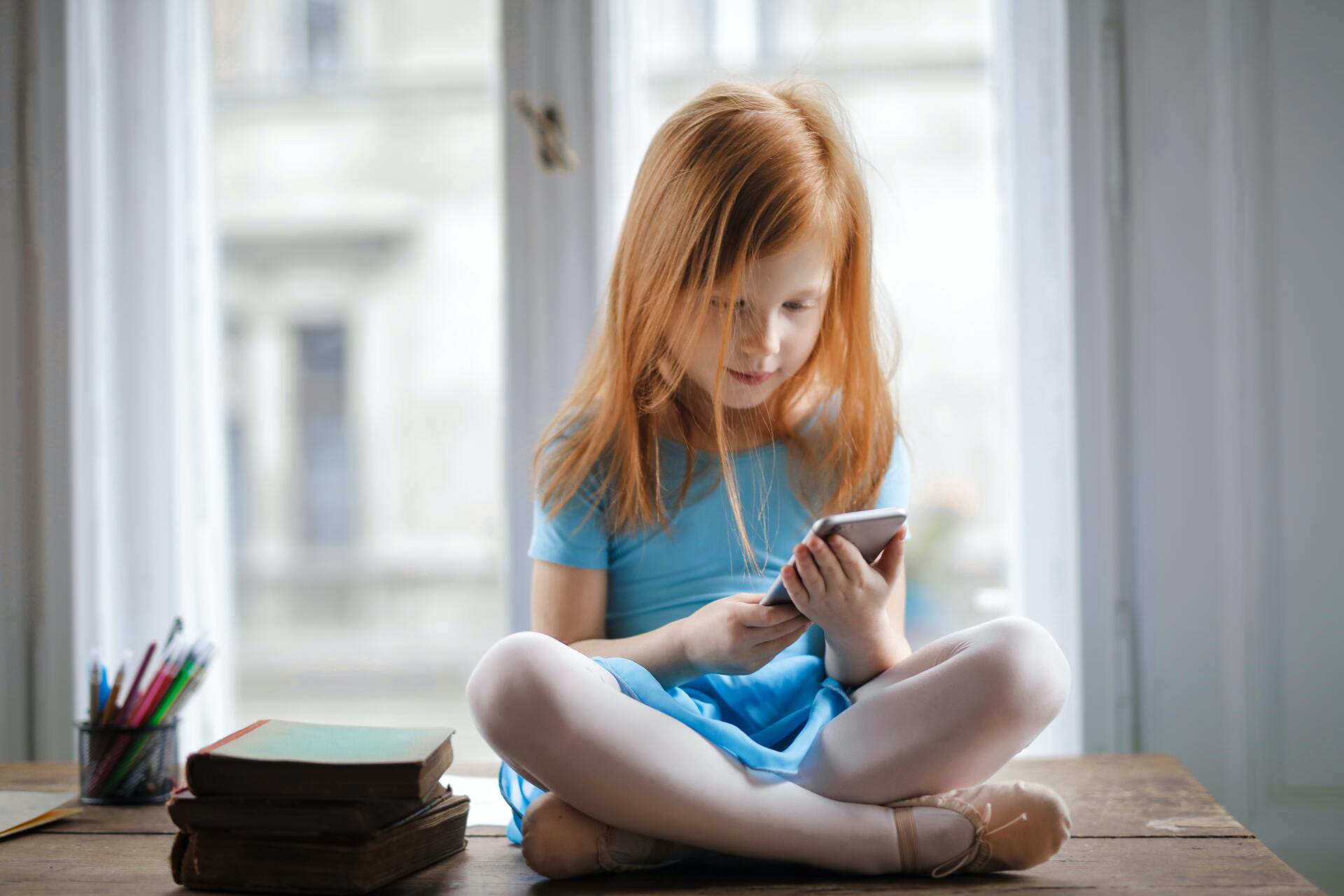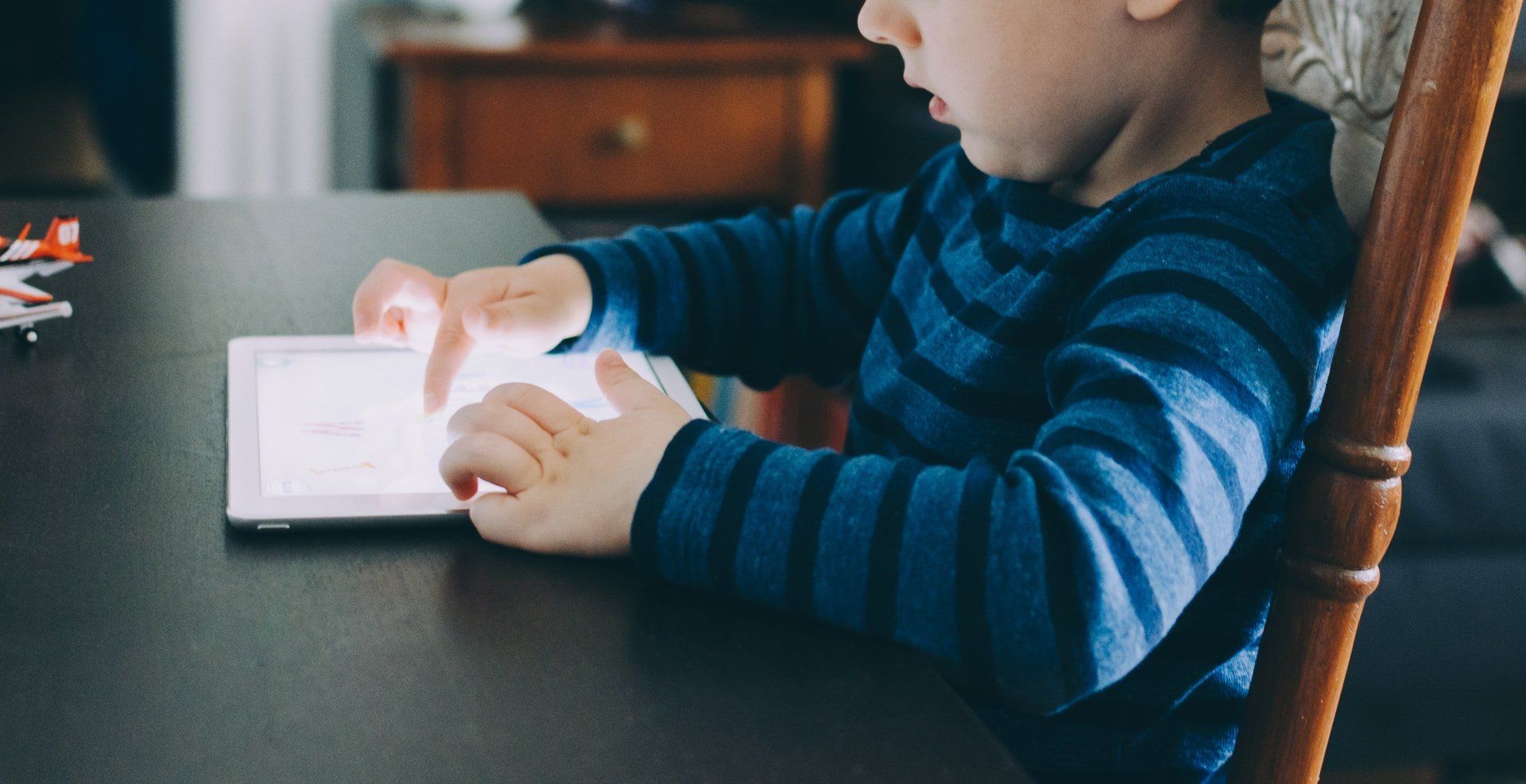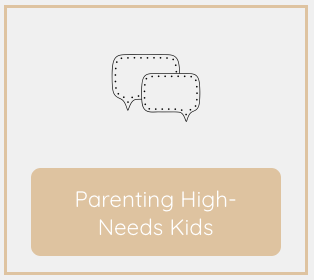Search results for 'screen' (5)

With all the things we have to communicate to our kids for them to grow up and be thriving humans, explaining how the world got so cluttered with our own man-made disaster of plastics and manufacturing can feel totally off-limits and waaaay too heavy to chat with your child about. I know that sometimes it’s even hard as a Mama to take your time shopping, and make conscious decisions. Sometimes the “easy way” is so much more important to our own emotional wellbeing. It’s only when we think about the whole saving-the-forest thing that we might start to feel a bit guilty about the 20 paper plates we used in one day. With Earth Day tomorrow, we thought we'd quickly share some of our favorite sustainable products and practices. Before we get into our post, this is the perfect place to announce our partnership with THiNK OUTSiDE BOXES . THiNK OUTSiDE is a monthly subscription box full of outdoor gear and resources that will get your kids away from a screen and outside exploring nature! A box all about the outdoors arriving each month and giving them something to look forward to. I don’t know about you, but it’s always the things that are the muddiest that keep my child busiest the longest! Check out what’s inside:

If the title of this blog has you thinking this is another blame-technology-for-all-of-society’s-ills story, don’t worry: it’s not. (The internet is already full of those.) But last week I shared a post about how I sometimes find it difficult to be alone with myself, to not seek out distraction in work or kids or life but to just be . And since technology is usually the scratch to our itch for distraction, it’s time to call out the elephant in the room. How are we supposed to balance conscious parenting, which requires calm, intentional interactions, with the perpetual singing, dinging, and ringing of our phones and other devices? CALLED OUT (BY MY KIDS!) Humans’ emotional dependence on technology is well-documented, but you only have to look up from your phone to see evidence of it yourself. The toddler playing with a tablet in his stroller, the gaggle of tweens at the mall hanging out together but each engrossed in her own phone, the guy ahead of you at Starbucks who doesn’t look up from his screen to order — yeah, tech-addiction is real. And that doesn’t even include our new, pandemic-friendly virtual lifestyles! Like every other family trying to make it through remote school and social distancing, we’ve been relying on screens more than usual at Camp Casares. That means that, as much as my husband and I are on our daughters with reminders like, “This is your last episode of Barbie Life in the Dreamhouse for the day,” they’ve got our number. We were playing a game last night around the dinner table where each of us got to do an impression of the other members of the family. When it was my youngest daughter’s turn, she picked up my AirPods, swiped my phone, and held her arm to the sky like the Statue of Liberty. “Hey, I’m Mommy, and I have a very important meeting. Let me check my calendar and read an email real quick.” My oldest chimed in, “I’m Daddy, and I have a football game to watch!” I blushed, but their impersonations were not far off. Just like my kids, I find it hard to land on something more active, healthier, and less addictive to do with my time than scroll through my phone. FINDING BALANCE So yes, technology is a big part of the problem when it comes to distracting ourselves. But it can also be part of the solution. If our goal is to thrive in motherhood, our challenge is to balance outside responsibilities with the priorities that bring us joy . And unless you have a household staff at your disposal, technology is often your ticket to outsourcing. Bills? Autopay. Groceries? Instacart. Staying in touch with family and friends? Take your pick: FaceTime, Zoom, Google Meet — it’s all good. And then, of course, there’s social media, which, when used occasionally and intentionally, makes it possible to stay up to date with friends and family around the world. In this day and age, we can’t “digital detox” for any real length of time. We can’t swear off smartphones or refuse to join Zoom meetings. But, as with all indulgences, we CAN practice moderation. So, the question becomes, When is our use of technology not helping but harming our efforts at conscious parenting? For me, it’s those tough after-school hours when homework needs to be done, dinner needs to be made, and everyone is a little cranky. It is so much easier, so much more tempting, to check my social feed than to mediate an argument among my daughters, or to teach a math concept I barely remember to my daughter who’s barely interested. That’s the moment, Mama! Even though your situation may look different than mine, this is the kind of moment when we have a choice. We can gratify that urge for distraction...or we can immerse ourselves in the present.

This week we're discussing the impacts of screen time on our children and when (and if) to recognize the need for change in our patterns and usage. Kristin is a pediatric psychologist who has provided counseling to children, adolescents, and families over the last 12 years. I compassionately work with children and families to address concerns such as behavioral difficulties, strained parent-child relationships, depression, anxiety, school refusal, toileting and feeding difficulties, as well as learning and Attention Deficit disorders. In addition, I provide a specialized focus integrating health concerns with overall daily adjustment including major chronic illnesses, abdominal and GI related disorders, and pediatric pain. I work collaboratively with schools, churches, and child's health care providers to provide integrated care that addresses the broad needs of children and their families. Website: https://www.sundstromclinic.com -- Our online parenting programs are HERE!! In need of some extra support with straight-talk, trustworthy, digestible information to level up your parenting? We’ve got you, mama! Covering four of the most difficult areas to navigate as a modern mom, these programs are geared toward helping moms overcome the cycle of overwhelm & burnout so they can get back to enjoying motherhood. 👉🏼 Mama Reset Retreat (At Home) 👉🏼 Navigating & Regulating Children's Big Emotions 👉🏼 Parenting in Partnership 👉🏼 Taking Care of You and Your Newborn Each one is on-demand, self paced and com es with interactive journaling exercises + worksheets designed to help you create a personalized, effective plan! Sign up here . My goal with these is to empower (and educate) you to make intentional and immediate positive shifts in your own lives & in your families’ lives too. P.S. 3% of all of the program proceeds go to @postpartumsupportinternational to help other mamas.

Something terrifying happened in my kitchen last week. My daughter hoisted herself halfway onto the counter and reached for a pen against the wall. On her way down, she bumped her elbow, hitting right on her funny bone. She burst into tears. That wasn't the scary part. Here's what really shook me up. As she let out her first wail and rounded into a ball in the floor, the first words out of her mouth were, "Mama, can I watch a show?” Seriously, like mid-scream, the absolute first thing that came into her mind was not physical comfort or emotional support, or even some verbal proclamation of pain. It was TELEVISION. She's never had that kind of Pavlov's dog reaction before to an injury (thank goodness) and, at first, I kind of brushed it off, but then I started thinking more and more about her relationship with screens and about our current culture of quick-fix distractions and personalized, immediate conveniences. Screentime and Our Kids It would have been tempting to blame the TV—the device itself—for my daughter’s behavior. I can't count the number of times I've rattled off recommendations in my pediatrics clinic about limiting the total amount of time per day parents let their kids use their screens or made suggestions about caring equally about content versus total screen time. Families seem to get that too much and the wrong kind of screen use is bad for their kids. I practice what I preach, too, most of the time—more science shows, less Sophia The First, a heavy emphasis on learning and positive social skill building à la Daniel Tiger. This, though, was a different part of the technology revolution I'd never even stopped to consider: not only was I letting my child be entertained by screens, I was letting my child be comforted by screens, too. The screen was a proxy for a bigger, societal problem. See, we live in a world where it has become incredibly difficult to say “no” to our children because we have so many ways we can say “yes.” Over the first post-millenial decade, the cultural norms around how we navigate our daily tasks have so dramatically changed. There’s increasing pressure on parents to have 1,000 convenient-but unhelpful-ways to keep our kids happy. The Tech Culture of Convenience has rewoven the task of raising children. "Our culture, in large part, has been influenced by the technological revolution—a series of amazing advancements that have modernized everything from shopping to scheduling doctors’ appointments. But has it all been for the better? It turns out kids who grew up with the technological coming of age (typically born in the early 2000s—the iGen Kids (or GenY Kids)—are struggling as a result of it," says Dr. Kristin Valerius, a child psychologist and director of Sundstrom Clinical Services. The Evidence: The research backs her up. First of all, it shows heavy childhood screen use is ubiquitous: “…Members of this generation are growing up with a smartphone, have an Instagram account before they start high school, and do not remember a time without the internet. The Millenials grew up with the web as well, but it wasn’t ever-present in their lives, at hand at all times, day and night. iGen’s oldest members were early adolescents when the iPhone was introduced, in 2007, and high-school students when the iPad entered the scene, in 2010. A 2017 survey of more than 5000 American teens found that three out of four owned an iPhone .” said Dr. Jean Twenge, a psychologist and researcher, in her 2017 The Atlantic article. Twenge has been analyzing adolescents’ levels of happiness and wellbeing across generations for over 25 years using the Monitoring the Future Survey. The survey, conducted since the mid-seventies, asks 8th, 10th, and 12th graders about their self-esteem, life satisfaction, and daily activities like tech use. Kids, of course, have always had fluctuations in happiness from year to year but in 2012 something astonishing happened: well-being dropped off dramatically. Not just a little drop off. Like, drop off a cliff drop off and it stayed that way. After 20 years of relative stability in overall happiness, life satisfaction, and self-esteem, it went downhill fast…and never recovered. It didn’t matter the kids’ financial situations, they—across the board—seemed to be having a harder time. “In all my analysis or generational data—some reaching back to the 1930s—I had never seen anything like it," Twenge said in that same 2017 article in The Atlantic . Of course, no single event, including the advent of pervasive, individualized technology defines a generation. But the dual increase in mental health concerns and media use seem to be strongly connected. We know that factors like heavy social media use, texting, computer games, and accessing the internet are not the keys to a teen’s happiness. In fact, studies show heavy screen use is actually associated with decreased happiness, whereas things like sports and in-person social interactions are associated with improved life satisfaction. So, what happened in 2012? Technology with its apps, and devices, and new ways of doing everything became fully infiltrated, that’s what happened. In 2012, the year of the huge drop-off, the proportion of Americans who owned a smartphone surpassed 50 percent. Between 2012 and 2015, the percentage of iGen Youth with smartphones went up from 37 to 73 percent. By 2016, 89% had devices. The changes Twenge saw were not based on ethnicity or on social-economic status, nor suburban or rural location. Across the board, no matter what their demographics, suddenly teens were living on their smartphones. “I don’t think (we have a problem) because 89% of kids are on their devices,” says Dr. Valerius. “If that were the case then just taking the phone would solve it—but that doesn’t. I believe device usage is a proxy measure for how ubiquitous the individualized convenient way of doing things had become. And in reweaving the task, our parenting job became harder, our kids missed out on important developmental tasks, so that by the time these iGen were teenagers circa 2012 they were showing the stress-fractures of growing up in this Brave New Tech World.” Everyone talks about how screentime is bad, that devices are bad, but Dr. Valerius thinks that misses the point. By focusing on device-use, we keep parents focused (and yelling at their kids) for how often they are on that device instead of focusing them on how many ways they need to help their kids navigate life…and it keeps parents focus away from themselves and why they are feeling so much pressure to just satisfy their kids at every moment.) What's REALLY So Bad About Kids Using Screens It seems we all use our smartphones 24-7, our heads bent down over a small screen, our fingers moving in a perpetual scrolling motion. Deep down, I think we're aware it's probably not the best thing for us, no matter what our age. But is there something specifically bad about personal device use for our young kids or for our parenting? YES. When we allow technology (and any other knee-jerk easy solutions) to soothe and entertain our kids, we replace patience with immediacy, we limit our kids' abilities to deal with negative emotions on their own, and we give quick-fix, personalized solutions to boredom, reducing our children's abilities to handle less stimulating environments. We take away the opportunity to develop grit. As a working mom, my family time is limited throughout the week. In the evenings, I'm tired. On the weekends, I'm always hoping for reduced stress, but with two little ones in tow, that's hardly ever the case. Nothing is worse than coming home from an exhausting day at work only to be inundated with tears and squabbling and strife. It’s extremely hard for modern, stressed-out families to "just say no" to letting screens parent our kids in the name of peace and harmony, but I firmly believe that we have to be fully aware of our choices if we want our children to be resilient and our parenting to be successful.

Something terrifying happened in my kitchen last week. My daughter hoisted herself halfway onto the counter and reached for a pen against the wall. On her way down, she bumped her elbow, hitting right on her funny bone. She burst into tears. That wasn't the scary part. Here's what really shook me up. As she let out her first wail and rounded into a ball in the floor, the first words out of her mouth were, "Mama, can I watch a show?" Seriously, like mid-scream, the absolute first thing that came into her mind was not physical comfort or emotional support, or even some verbal proclamation of pain. It was TELEVISION. She's never had that kind of Pavlov's dog reaction before to an injury (thank goodness) and, at first, I kind of brushed it off, but as I started thinking more and more about her relationship with screens, the more I started noticing other kids around me with the same type of subconscious attachment to their devices. Screen-time and Our Kids Mind you, I’m well aware of how bad too much screentime is for our kids. I talk about screentime at least ten times per day in well-child checkup appointments in my pediatrics office. I can't count the number of times I've rattled off recommendations about limiting the total amount of time per day parents let their kids use their screens or made suggestions about caring equally about content versus time spent. Families seem to get that too much and the wrong kind of screen use is bad for their kids. I practice what I preach, too, most of the time—more science shows, less Sophia The First, a heavy emphasis on learning and positive social skill building à la Daniel Tiger. This, though, was a different part of the technology revolution I'd never even stopped to consider: not only was I letting my child be entertained by screens, I was letting my child be comforted by screens, too. Somewhere along the line, I'd allowed shows and apps and the internet to turn into a security blanket for my kid. Looking back, I can see where it all started—it's where it starts for most moms and dads. My daughter—sweet, sensitive, and a total monster when she rose from her naps starting around age three—would take at least an hour to break out of her downward post-nap spiral. We would cajole her, try to get her to eat, sing every song in the book and, about thirty minutes into every breakdown, would almost always finally throw on a twenty-minute cartoon to get her to distractedly eat a snack and come back from zombie zone. The screen, because it was on option—and an option that worked well—became a viable option during a time when we didn't know what else TO DO. As she got older, she phased out of her nap time issues but the screen remained a faithful friend of mine, handy as bait when she didn't want to run errands with me, useful for scary events like a dentist visit, a way to distract when I needed to get her baby sister to bed multiple times a day as an infant. And, the thing is, I didn't even think twice about it. It's not like I let her sit for hours with the blinds drawn every day in front of our TV—far from it—and we definitely knew how to say “no” when she threw a tantrum for more iPhone time. No, I felt like I had things under pretty good control. Just like almost every other modern mom I meet, I considered the phone a useful tool, one that I was using to keep my busy life in order, to allow everything to run a little more smoothly, to help my daughter get through sticky situations without so much drama. That, mamas, that is where I totally missed the point. After our injury incident, the more I started noticing how dependent my family was on technology. In turn, I realized more and more just what a huge disservice I was doing to my first daughter (and my second) by allowing them to have incremental access to technology throughout their days, ESPECIALLY during times when they were upset, bored, or scared. I realized I was robbing them of the ability to learn how to cope without a crutch when things didn't go their way or when they were uncomfortable. In the end, I was taking away valuable learning and problem-solving opportunities all the time. Now, I am fully aware that all of this sounds like alarmist rhetoric—like the emotional revelations of an extremist who's decided to live off the grid, forsaking modern conveniences, hauling her TV and her smartphone to the dump. “Let’s not get carried away,” my husband said when I told him I wanted to re-evaluate our screentime plan altogether, limiting our kids’ watching hours to weekly family movie nights, plane rides, and special occasions. I get his concern but, once I started looking further into how technology is changing our kids’ childhood experiences, honestly it’s a little hard to not get carried away with thinking about how much this matters. "Our culture, in large part, has been influenced by the technological revolution—a series of amazing advancements that have modernized everything from shopping to scheduling doctors’ appointments. But has it all been for the better? It turns out kids who grew up with the technological coming of age (typically born in the early 1990s to mid-2000s —the iGen Kids) are struggling as a result of it," says Dr. Kristen Valerius, a child psychologist and director of Sundstrom Clinical Services.











